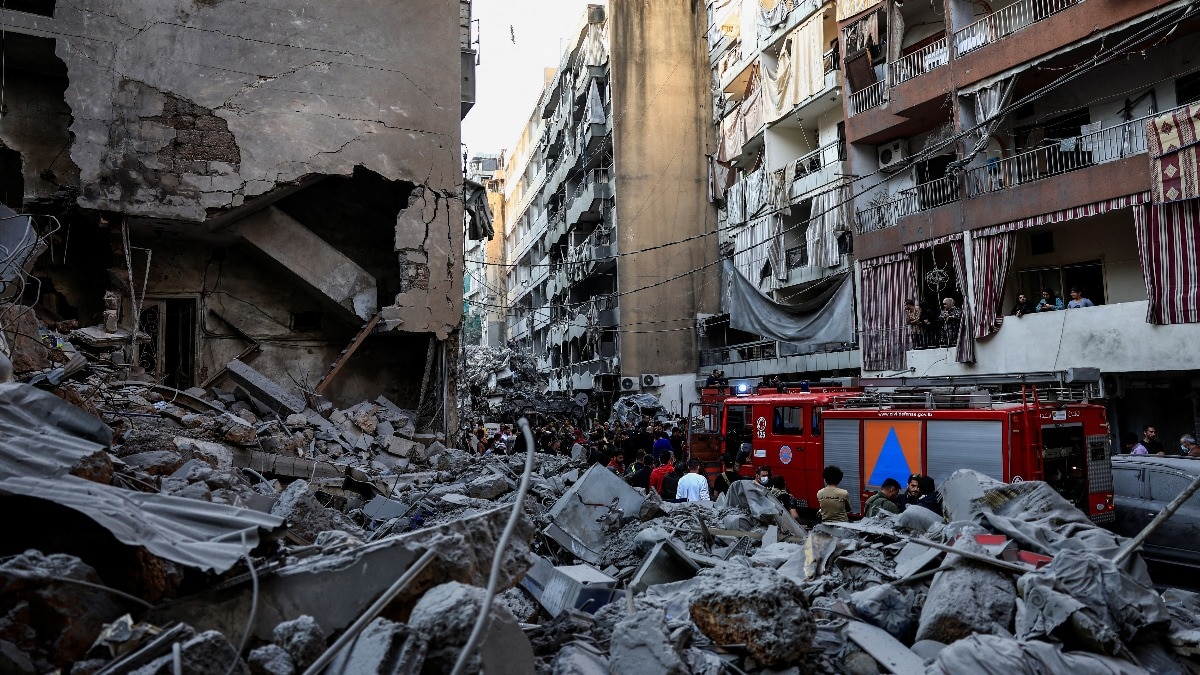2024-11-28 14:17:21
The ceasefire between Israel and Hezbollah came after nearly 14 months of cross-border rocket attacks, air strikes, and ground fighting that has changed Lebanon’s face.
It started with an agreement to cease hostilities for 60 days, which appeared to have broken down 24 hours later as Israeli tanks attacked six areas accusing the other side of violating terms.
The ceasefire would have taken a permanent shape had the temporary truce held. The deal’s brokers, the United States and France, have not yet commented on the new developments.
During the 60-day, Israeli troops and Hezbollah militants had to retreat from southern Lebanon, while the Lebanese military would move in. The agreement mandated the clearing of the buffer area in Lebanon – that falls between the Israeli border and Litani river – of armed personnel other than Lebanon’s official army and United Nations peacekeepers as originally laid out in a UN Security Council Resolution in 2006.
The ceasefire began at 7:30 am India time on Wednesday (4am in Lebanon) after the heaviest day of raids on Beirut, including a series of strikes in the city’s centre, since Israel stepped up its air campaign in Lebanon in late September before sending in ground troops.
Israel’s forces must retreat beyond the so-called Blue Line, a “line of withdrawal” established by the UN in 2000 following 18 years of Israeli military occupation in southern Lebanon. That boundary serves as the de facto border between the two countries.
The ceasefire intends to pave the way for people on both sides of the border to return home. Over a million people had been displaced from their homes in northern Israel and southern Lebanon due to frequent fire exchanges that began with Hezbollah launching rocket attacks in support of Hamas, the militant outfit in Gaza that killed more than 1100 Israelis and took 251 others hostage on October 7, 2023.
On Thursday, the Israeli military said the ceasefire was violated after it spotted suspects in some vehicles at several areas in the buffer zone, according to Reuters. A lawmaker accused Israel of attacking people returning to their villages in south Lebanon.
Israel’s military has advised Lebanese against returning to their homes in the buffer zone yet, for safety reasons.
As per the deal terms, Israeli forces can take up to 60 days to withdraw from southern Lebanon, but neither side can launch an offensive.
HEAVY TOLL
More than 3,700 people have been killed in Israeli attacks across Lebanon in the 14-month of hostilities, Lebanon’s Health Ministry said on November 24.
Over 15,600 people have been injured in Israeli attacks since October 8, 2023 – a day after Tel Aviv invaded the Gaza Strip following a brutal attack by the Hamas militant group.
In this period, Israeli rockets and bombs have caused massive devastation in civilian areas in Lebanon, particularly in the buffer zone.
Israel launched a massive air campaign in Lebanon in late September. On October 1, its military invaded southern Lebanon to realise its stated mission of rehabilitating citizens in the north.
Israeli air strikes have flattened dozens of high-rise buildings in capital Beirut and many villages in southern Lebanon.
Israel-Hezbollah conflict, Israel-Hezbollah ceasefire, Israel-Hezbollah ceasefire violation, Middle-East tensions, Israel-Lebanon conflict
Source link
2 total views , 1 views today
